…
Continue reading “The Space Surrounding, The Interior Design, The Garden Beyond (1978)”
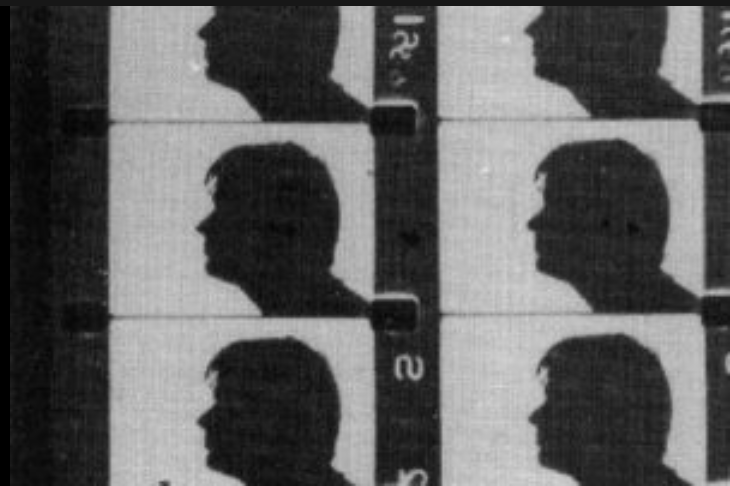


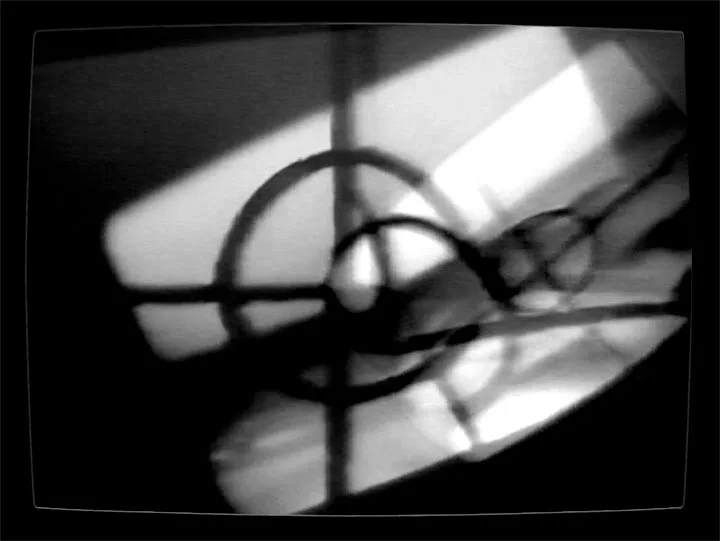
‘TV Fighter is undoubtedly one of the few classics of British video art (Hall’s This is a Television Receiver is another). Not only does it merge the two distinct directions of the 70s video art movement – an exploration of the properties of video as a mechanical mode of expression, and a
confrontation with the illusionism of broadcast TV – but it has a simplicity, economy and energy as rare then as it is today. …
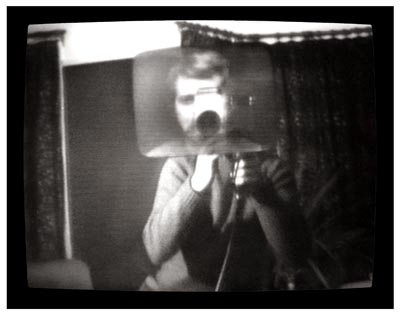
‘Relative Surfaces is based on the interaction between the cameraman’s mirrored image and his past-time, pre-recorded image..’. David Hall, 1974. …
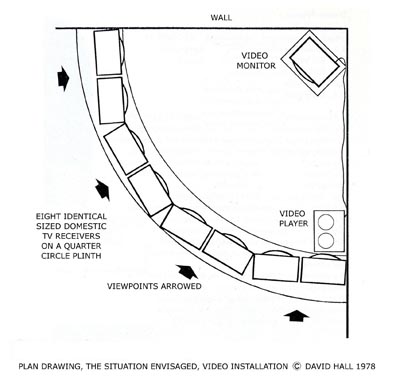
‘Eight domestic TV receivers are placed side by side at eye level on a wall-to-wall support in a quarter-circle across the corner of a room. Each is facing into the enclosed space and away from the viewer, and each is tuned to a different TV channel from the next. The viewer hears a cacophony of sound, and sees only an ever-changing projected glow beyond and above the line of TV sets. On approaching the installation, …
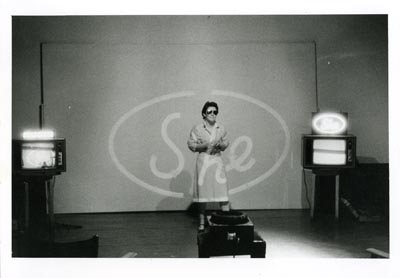
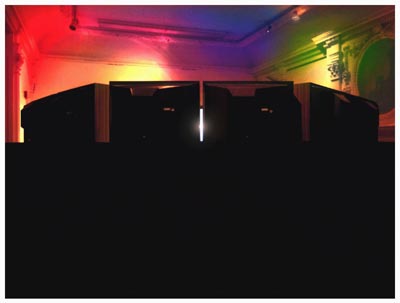
‘Sixteen domestic TV receivers are arranged in a circle; each facing away from the viewer into the enclosed space; each playing a different TV channel from the next.. A videotape playing on a revolving monitor is glimpsed at the centre through small gaps.. each so fine that vision is restricted.. suggesting an attempt to assemble information coherently as the viewer moves from one to the next. In doing so, the continuum is broken. Expectations of narrative progression are both implied and rejected.. …

The idea of using the ‘Vanitas’ theme in Krikorian’s work came originally from a painting which she saw in the Ashmolean museum in Oxford. The title of the 17th century painting is Allegory of Justice and Vanitas; in which a woman is seated holding a mirror, which is facing the spectator. A number of still life objects including a skull and a candlestick denoting the transience of life are reflected in the mirror. In other Vanitas paintings, …
